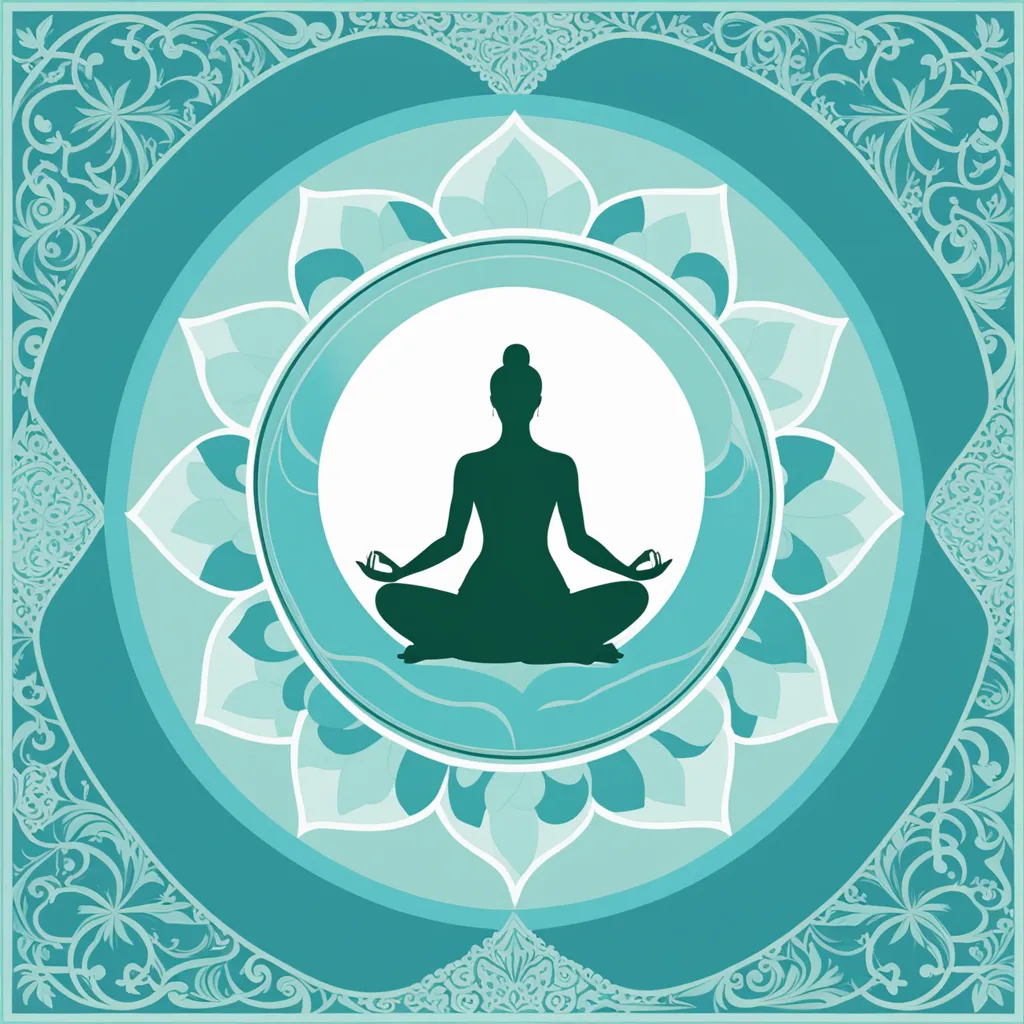Embarking on a journey into the world of yoga can be a transformative and rewarding experience. Whether you're looking to enhance flexibility, build strength, or find a sense of inner peace, yoga for beginners provides a welcoming entry point into this ancient practice. Let's delve into the basics, benefits, and practical tips to help you get started on your yoga journey.

Understanding the Basics:
Yoga is a holistic practice that unites the mind, body, and breath. It originated in ancient India and has evolved into various styles and forms. For beginners, it's essential to start with foundational poses, known as asanas, and gradually progress as you become more comfortable.
Benefits of Yoga for Beginners:
- Improved Flexibility: yoga involves a range of motions that can enhance flexibility by stretching and lengthening muscles.
- Strength Building: Many yoga poses require the engagement of various muscle groups, contributing to overall strength development.
- Stress Reduction: The mindful breathing and meditation aspects of yoga can help alleviate stress and promote relaxation.
- Better Posture: Yoga encourages awareness of body alignment, leading to improved posture over time.
- Increased Mind-Body Connection: Through breath control and focused movements, yoga cultivates a stronger connection between the mind and body.
Practical Tips for Getting Started:
- Choose the Right Style: Explore different yoga styles, such as Hatha, Vinyasa, or Yin, to find one that aligns with your goals and preferences.
- Invest in a Quality Mat: A comfortable and non-slip yoga mat provides the foundation for your practice.
- Start Slow: Begin with beginner-friendly classes or online tutorials that introduce basic poses and principles.
- Focus on Breath: Pay attention to your breath during each pose. The breath is a central element in yoga, aiding in relaxation and concentration.
- Listen to Your Body: Respect your body's limitations and avoid pushing yourself too hard, especially in the beginning.
- Consistency is Key: Establish a regular practice. Even short sessions a few times a week can yield positive results.
Sample Beginner Yoga Routine:
- Mountain Pose (Tadasana): Stand with feet together, arms by your sides, and weight evenly distributed. Engage your core and breathe deeply.
- Downward-Facing Dog (Adho Mukha Svanasana): Start on your hands and knees, lift your hips toward the ceiling, and straighten your legs, forming an inverted V shape.
- Warrior I (Virabhadrasana I): Step one foot forward into a lunge, with the back foot turned out at an angle. Raise your arms overhead, keeping your front knee bent.
- Child's Pose (Balasana): Kneel on the mat, sit back on your heels, and stretch your arms forward, resting your forehead on the mat.
- Corpse Pose (Savasana): Lie on your back with legs extended, arms by your sides, palms facing up. Close your eyes and focus on your breath, allowing your body to relax completely.
As you embark on your yoga journey, remember that it's a personal practice, and progress is unique to each individual. With consistency, an open mind, and a commitment to self-care, you'll discover the myriad benefits that yoga for beginners brings to your physical and mental well-being. Enjoy the journey of self-discovery and holistic wellness that yoga offers.<







